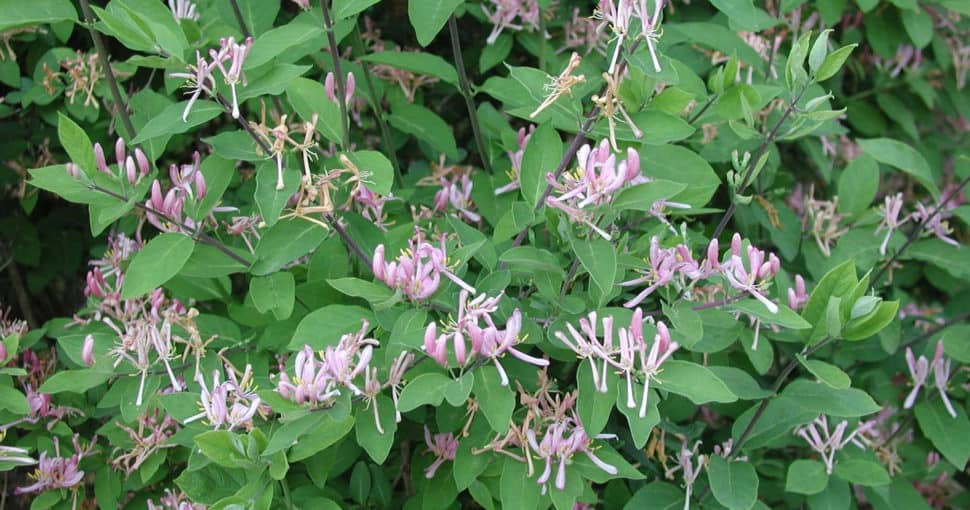New Hampshire’s delicate beauty and innocent demeanor disabuse us of any preconceived notions. New Hampshire’s fresh scents entice us, but we tend to overlook their potential toxicity because of this. Poisonous flowers can be quite damaging to people, despite what you might think. Many dangerous flowers contain a variety of chemicals shown to be damaging to humans in various ways.
Contents
- 1. Poison Sumac (toxicodendron vernix)
- 2. Hyacinth (hyacinthus)
- 3. Daffodil (narcissus)
- 4. Jimsonweed/Devil’s Weed (datura stramonium)
- 5. Nightshade (solanaceae)
- 6. Buttercups (ranunculus)
- 7. Water Hemlock (cicuta)
- 8. Wild Hogweed (heracleum mantegazzianum)
- 9. Poison Hemlock (conium maculatum)
- 10. Poison Ivy (toxicodendron radicans)
- 11. White Baneberry (actaea pachypoda)
- 12. Wild Parsnip (pastinaca sativa)
- 13. European Barberry (berberis vulgaris)
- 14. Water Flag Iris (iris pseudacorus)
- 15. Showy Bush Honeysuckle (Lonicera × bella)
- 16. Spotted Knapweed (centaurea stoebe)
- 17. Canada Thistle (cirsium arvense)
Blossoms are recognized for romance and festivals, yet others can cause complications and a pose threat to your life. Flowers can be deadly if they have a gloomy side. When placed in flower baskets, flowers may appear innocent and delicious, but they can quickly turn toxic if not properly cared for. If you’d like to learn more about these deadly blooms and their possible negative effects, please read this blog. Let’s expose you to some flowers that contain neurotoxins or have a distinctive odor that you can identify in a heartbeat.
Take a moment to consider what flowers are capable of before you consume one in the wild or are described as a “gentle flower” by someone else.
In any case, here are the 17 poisonous plants in New Hampshire you should avoid.
1. Poison Sumac (toxicodendron vernix)
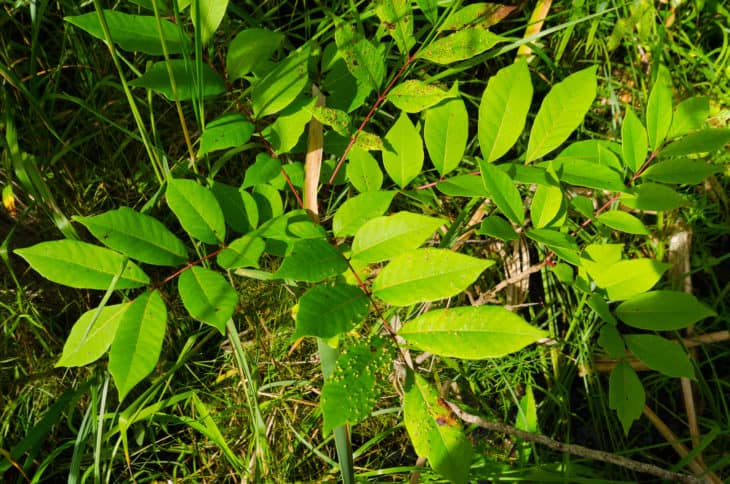
Because of the presence of urushiol oil, poison sumac also produces itching rashes. However, poison sumac is significantly less common than the other two species. Because it does not develop in clusters of three like the poison ivy, and oak, poison sumac is a unique case. It has fewer distinguishing features, yet it is well-known for its green leaves and crimson stem.
2. Hyacinth (hyacinthus)
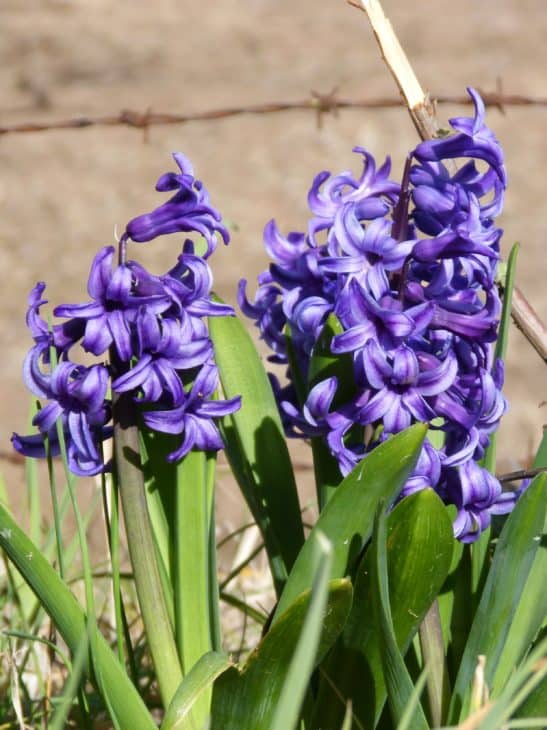
Several spring bulbs, especially hyacinths and daffodils, are harmful to people and dogs if consumed. As with shallots and onions, hyacinth bulbs may be mistaken for these foods and can lead to a variety of health issues, including stomach cramps and high blood pressure. The oxalic acid in hyacinth bulbs is toxic. Skin discomfort from handling hyacinth bulbs is possible.
3. Daffodil (narcissus)
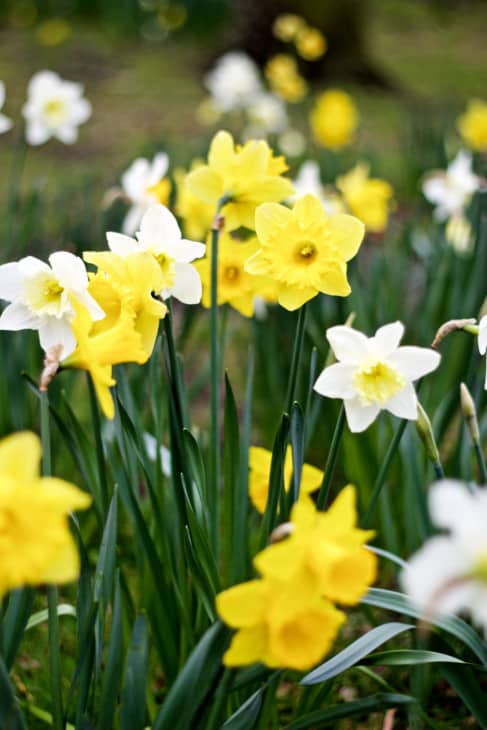
Daffodils are prized for their aesthetic appeal, and they sprout from bulbs that might be mistaken for edible foods such as onions. The daffodil has a poison known as lycorine in all of its parts. The bulb of the daffodil is the most dangerous portion of the plant, although eating any part of the plant can result in sickness, vomiting, and other unpleasant symptoms.
4. Jimsonweed/Devil’s Weed (datura stramonium)
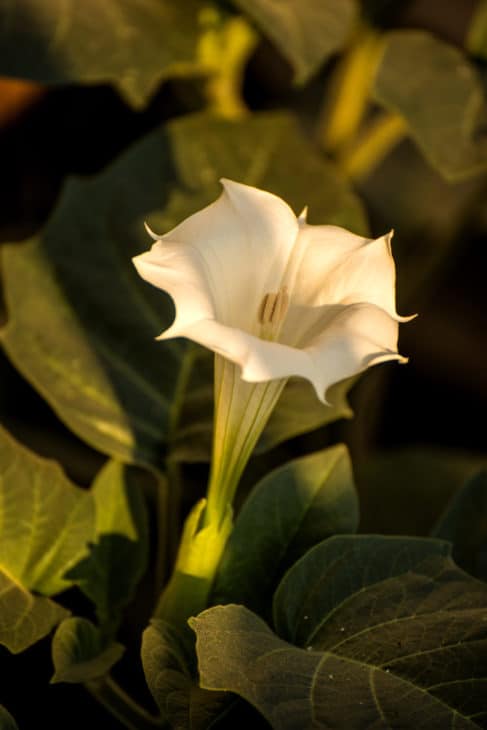
When taken orally or inhaled, jimson weed is extremely dangerous. Hexane is dangerous and can induce a variety of toxic symptoms, especially dry mouth and intense thirst, eye problems, vomiting and diarrhea, rapid heart rate, delusions, high fever, lightheadedness, breathing difficulties, and death.
5. Nightshade (solanaceae)
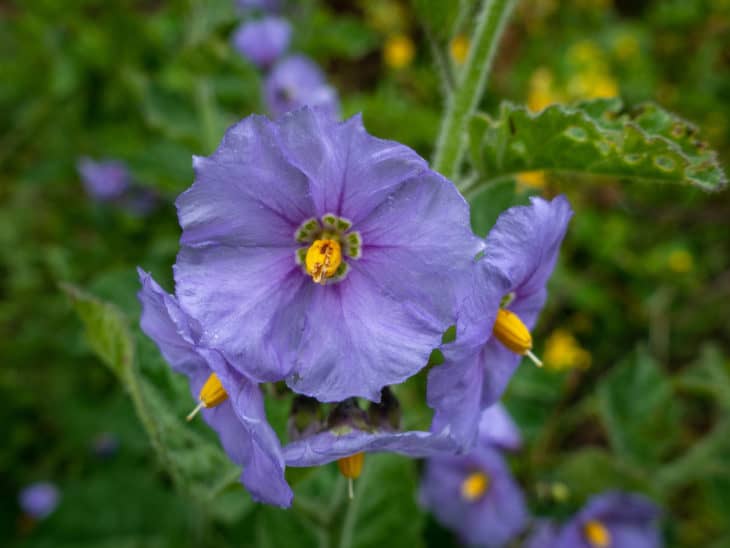
The nightshade plant is, of course, dangerous. The plant’s alkaloids, which can be found in its branches, foliage, berries, and stems, make it extremely toxic. Even a simple brush against it can create a rash. A child could be killed by just two fruits from this plant, and an adult could be killed by between 10 and 20 berries from this plant.
6. Buttercups (ranunculus)
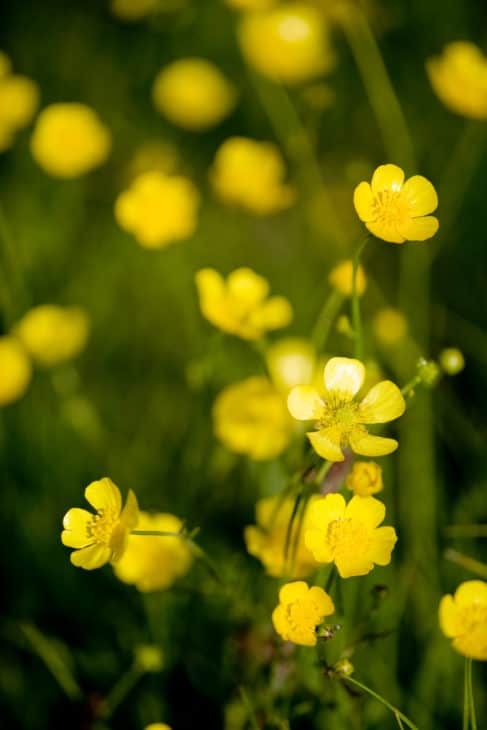
Horses, dogs, and cats are all poisoned by protoanemonin, an oil with a bitter taste that irritates the mucosal membranes of the digestive tract. Toxin levels are highest in the bloom. Blisters and burns can form on the skin if it comes into touch with new or bruised plants. Poisonous buttercup can also cause sunburn if touched.
7. Water Hemlock (cicuta)
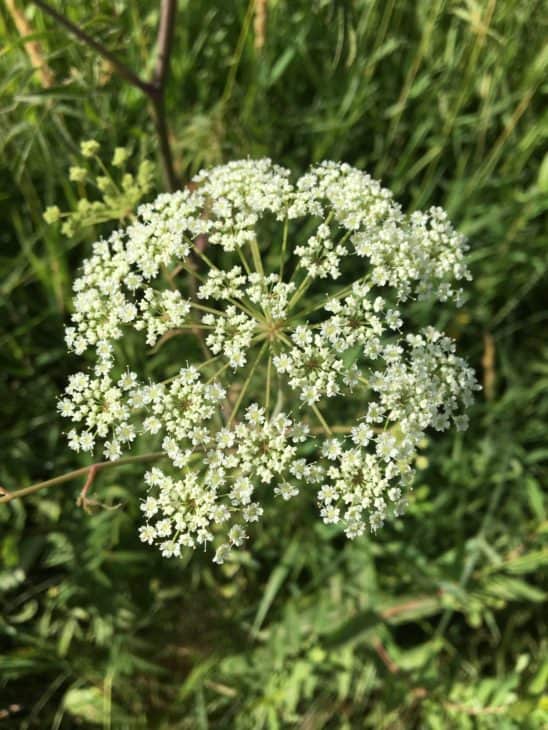
Water hemlock is among nature’s most poisonous plants. Water hemlock’s white buds look like umbrellas when they’re all together. Toxic ingredients in this product can be lethal to animals and people in even trace amounts. Toxic to the nervous system, cicutoxin is a tasty convulsant. Epilepsy and death can occur if the plant is poisoned to a severe degree.
8. Wild Hogweed (heracleum mantegazzianum)
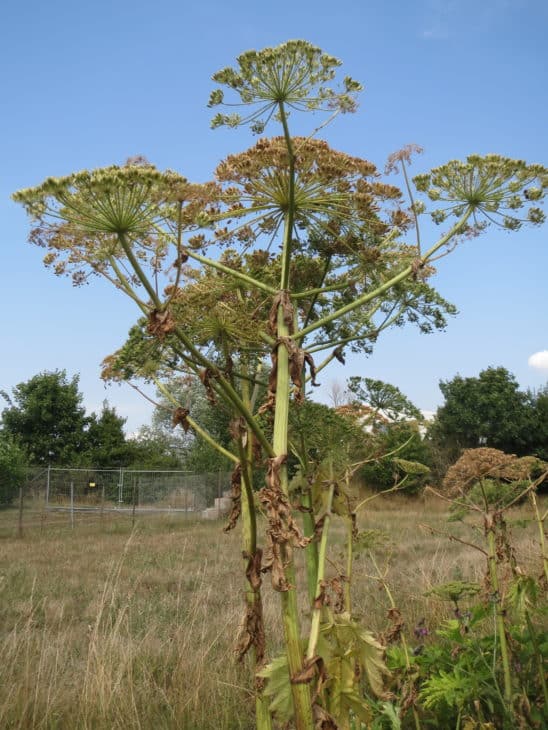
It is illegal to cultivate in the United States since it is both invasive and poisonous. An environmental and health hazard. The plant’s toxic sap can inflict severe boils, severe burns, and irreversible blindness, even if it is not visible. Skin lesions akin to burns are caused in humans when gigantic hogweed sap is in contact with sunlight (either natural or artificial UV rays).
9. Poison Hemlock (conium maculatum)
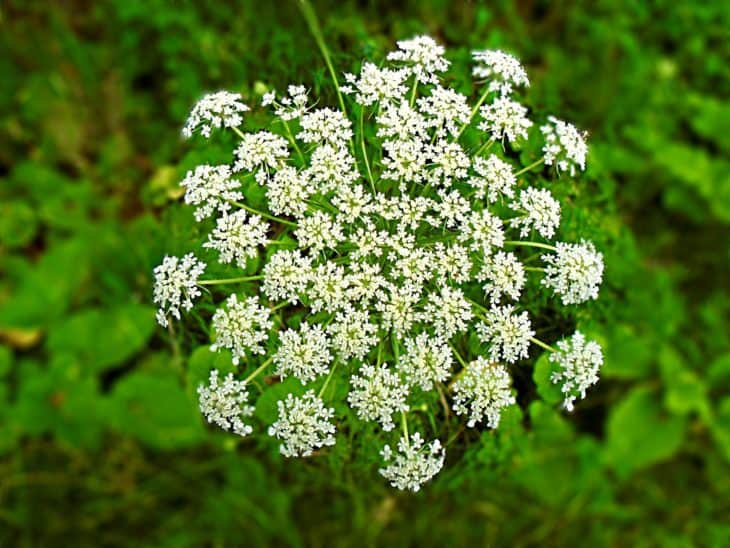
This is among the most famous toxic plants in history – it’s the flora blamed for murdering Socrates. All portions of the herb carry a relatively simple alkaloid coniine that triggers hypertension, vomiting and gradual numbness of the nervous system. Hemlock is also known by various popular names, such as beaver poison, devil’s porridge, or poison parsley.
10. Poison Ivy (toxicodendron radicans)
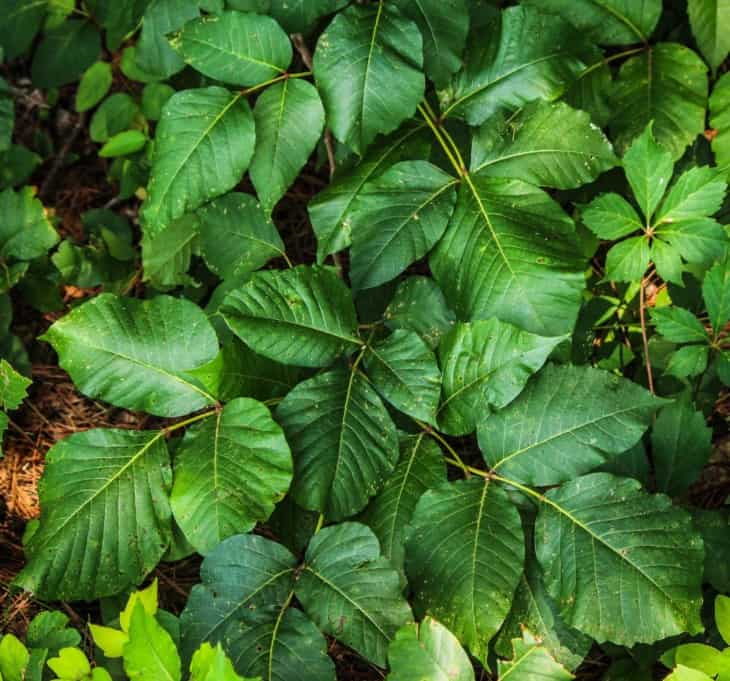
A perennial plant, poison ivy, can grow up to 30 centimeters tall if it is allowed to grow on the ground. In any case, as this is a vine plant, you may expect it to climb up things like trees and houses. Whenever pets touch the plant, it causes rashes and irritation. Unfortunately, the irritating plant poses a special danger to humans.
11. White Baneberry (actaea pachypoda)
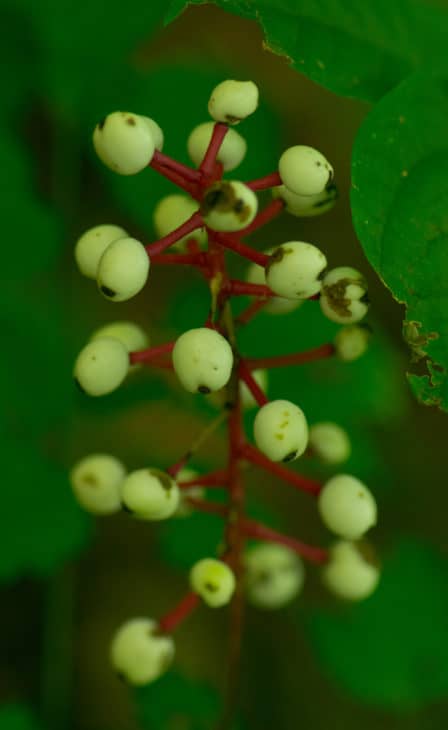
Thankfully, this plant’s creepy-looking berries don’t entice anyone to eat them. Cardiogenic poisons in the berries can immediately relax heart muscle tissue. People may experience burning in their mouths and throats along with excessive sweating and difficulty speaking as well as intense stomach cramps, vomiting as well as dizziness and hallucinations. Cardiovascular arrest and death can occur as a result of consuming the berries.
12. Wild Parsnip (pastinaca sativa)
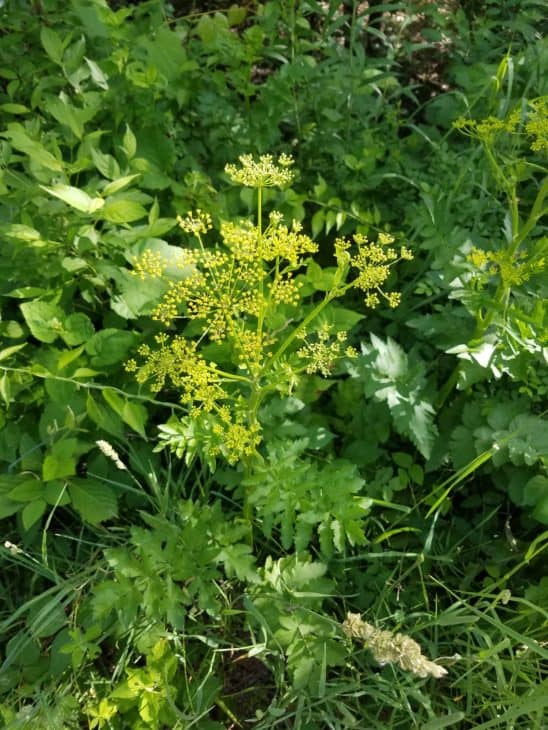
Hairy, grooved stems support 2 to 5 foot-tall leaves with coarse, saw-toothed edges. In a similar fashion to other members of the carrot family, the yellow blossoms form an umbrella. Sunlight can produce a skin disease in a day or two if nectar from leaves extract, stems, or flowers meets your skin. Check out farms, meadows, and Midwestern prairies for the striking yellow bloom.
13. European Barberry (berberis vulgaris)
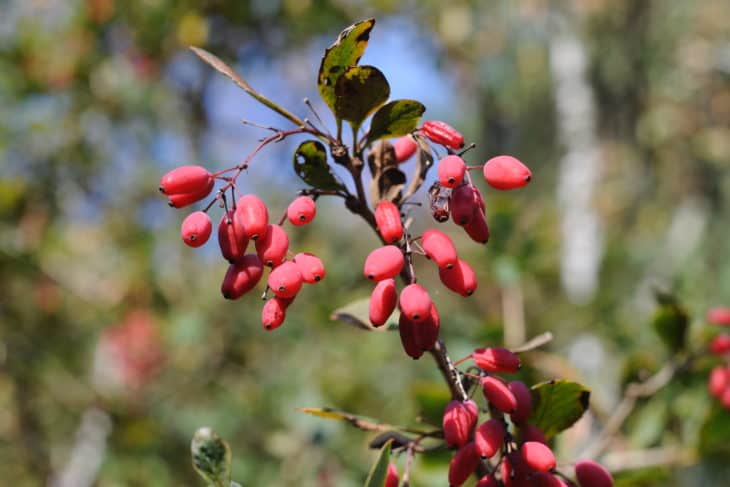
Barberry shrubs have yellow blossoms on their branches and long red berries. Apart from the fruits and seeds, the plant contains a deadly compound called berberine. Red barberries, such as Thunberg and Ottawa barberries, are toxic and should not be consumed. Panic, nosebleeds, vomiting, nausea, and vertigo can result in overconsumption of barberry, as might difficulties in breathing and a drop in heart rate.
14. Water Flag Iris (iris pseudacorus)
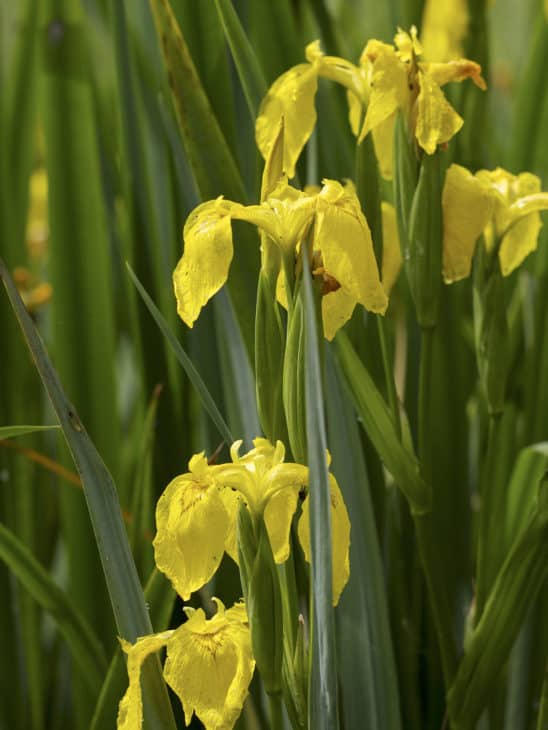
When it comes to poisoning, all sections of the water flag iris are dangerous, but those closest to the earth – and those that are most accessible to wildlife – are the most dangerous. The effects of water flag iris toxicity are normally mild to moderate in severity, and they subside within 24 to 48 hours in most cases. Constipation, drooling, and tiredness are some of the symptoms.
15. Showy Bush Honeysuckle (Lonicera × bella)
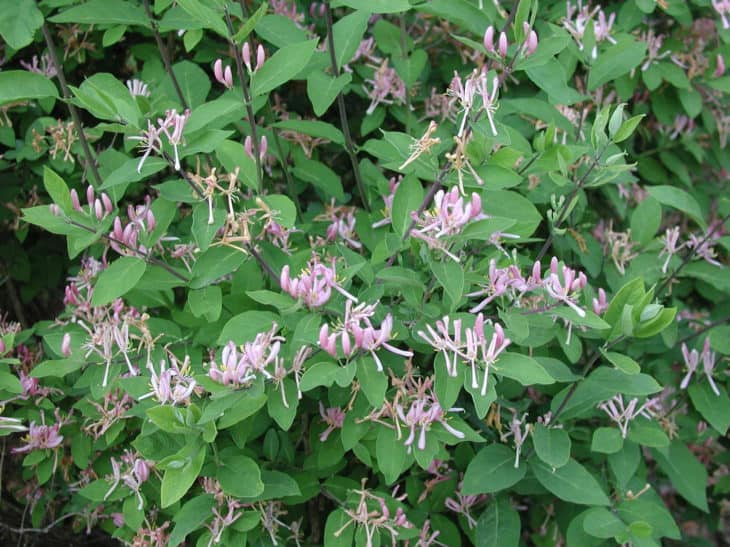
It is possible to experience respiratory failure, seizures, and coma if significant amounts of the chemical are used. The showy bush honeysuckle berries may be somewhat poisonous if consumed in large numbers, especially if consumed raw. The nectar from the blossoms of a honeysuckle bush, on the other hand, can be consumed without causing harm.
16. Spotted Knapweed (centaurea stoebe)
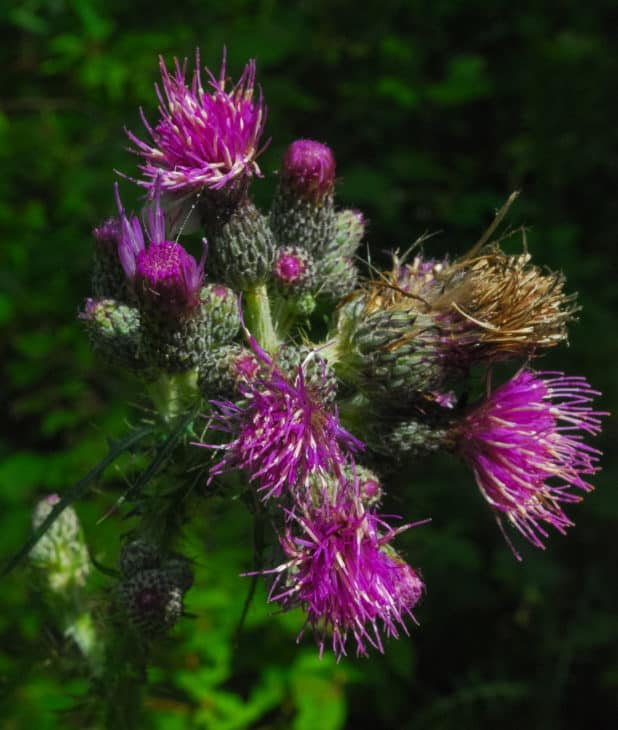
It favors sandy, dry conditions. Various natural and man-made environments are suitable for its growth. In both Europe and Asia, it’s a native. Agricultural seed contamination and soil from ship ballast brought it to America in the late 1890s. The western U.S. has a major problem with pasture and rangeland depletion.
17. Canada Thistle (cirsium arvense)
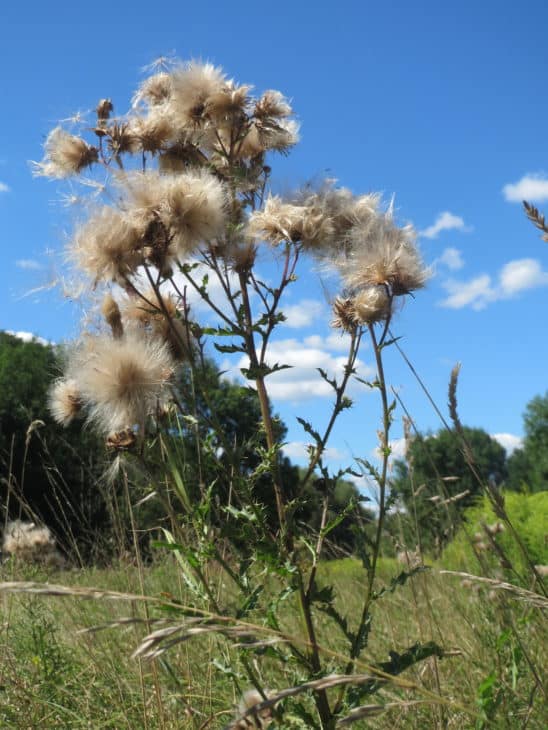
Originally from Europe and Asia, the Canada thistle has spread around the world and has been classified as toxic by most authorities. This results in the production of nitrate, and can be hazardous to your animal if consumed in excessive amounts. The symptoms of poisoning can vary from fatigue to seizures, and they should be treated as a serious medical problem that requires immediate medical attention.

